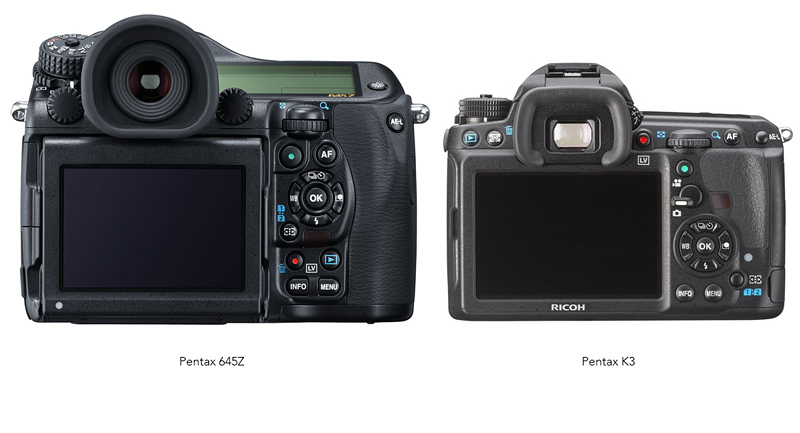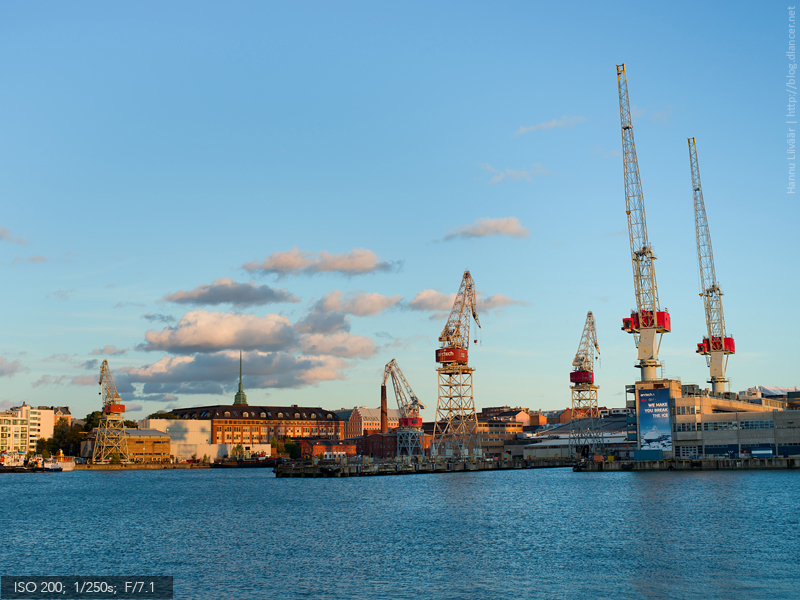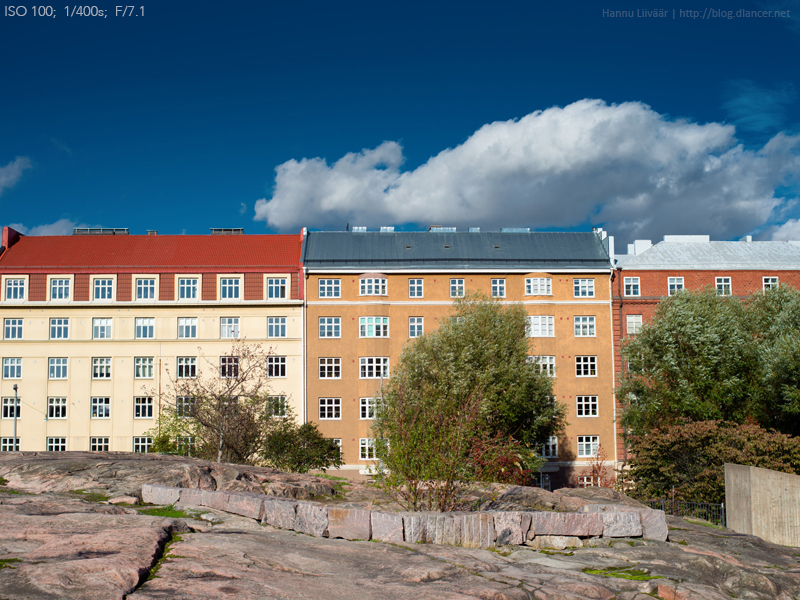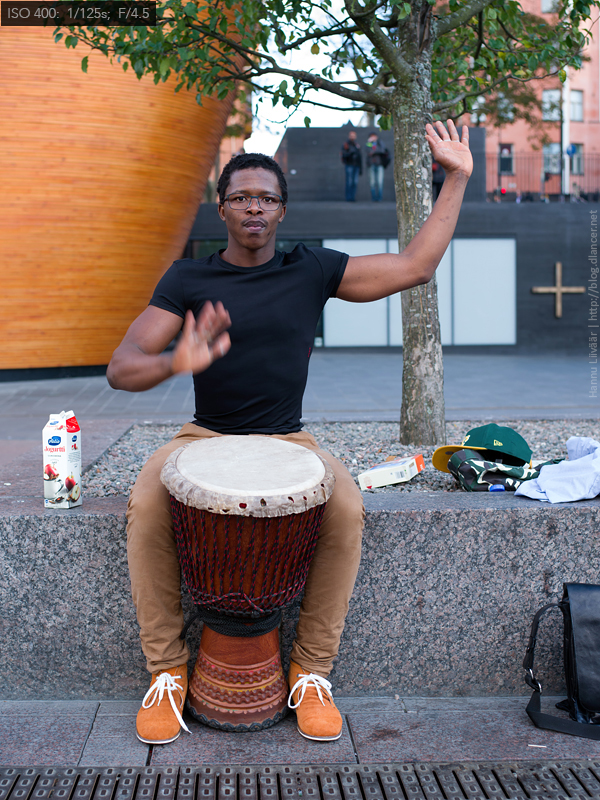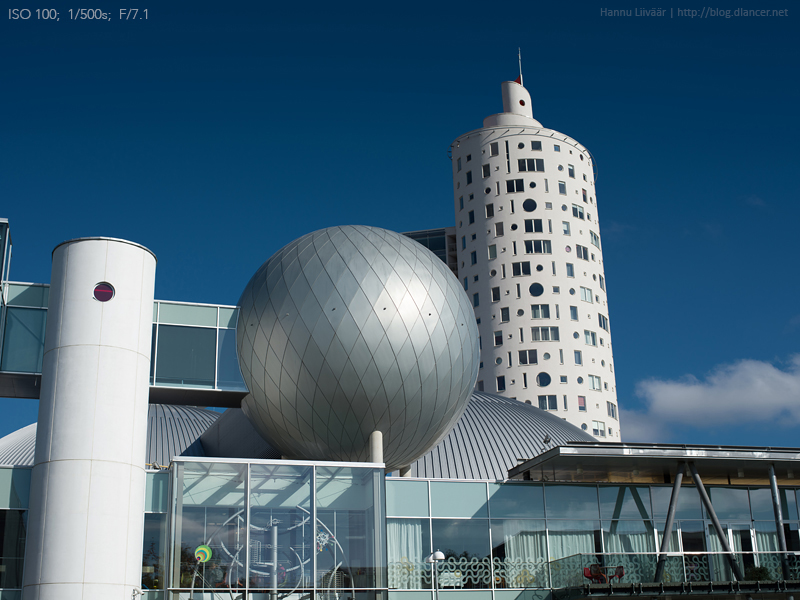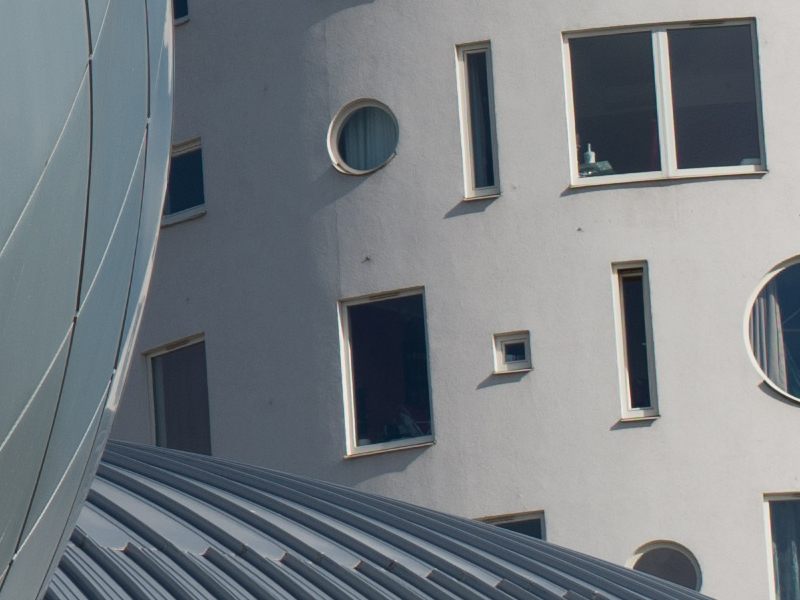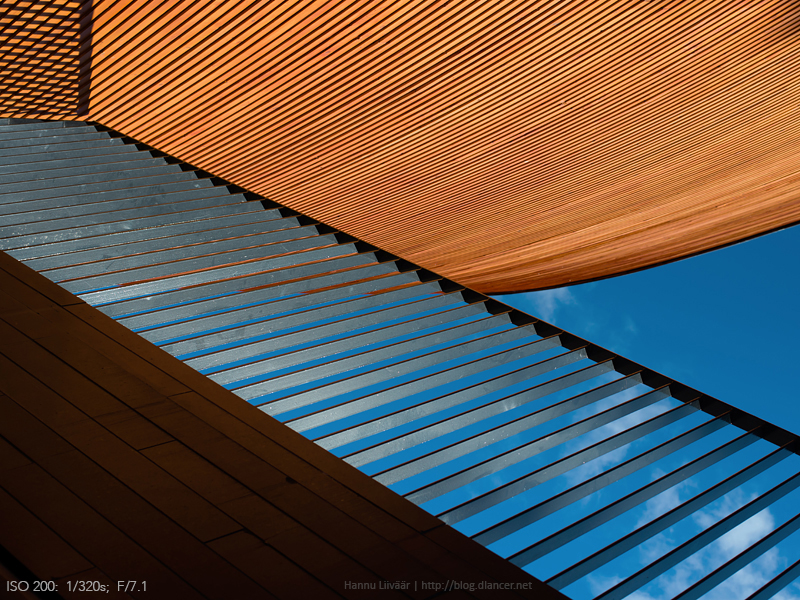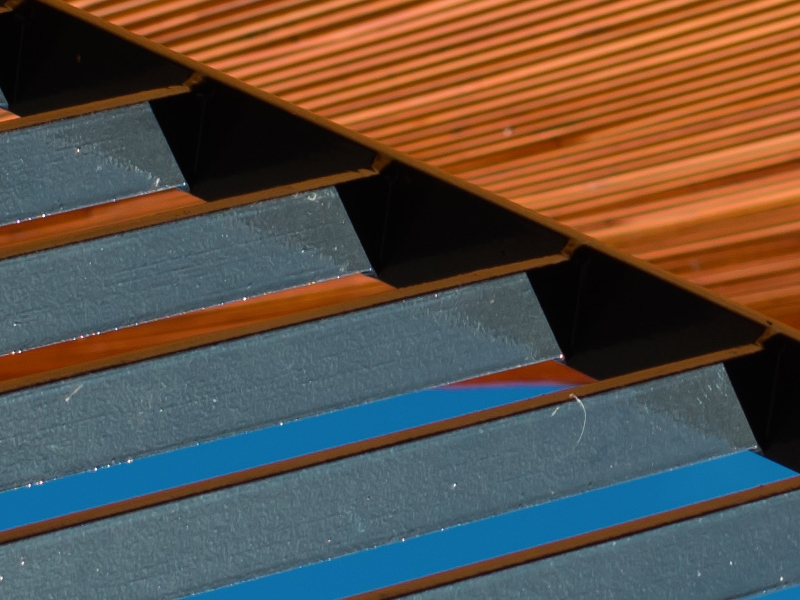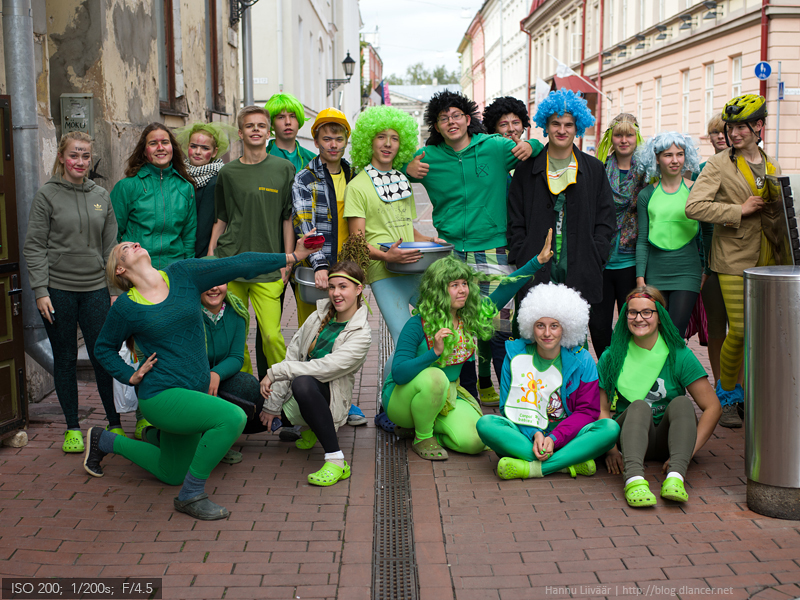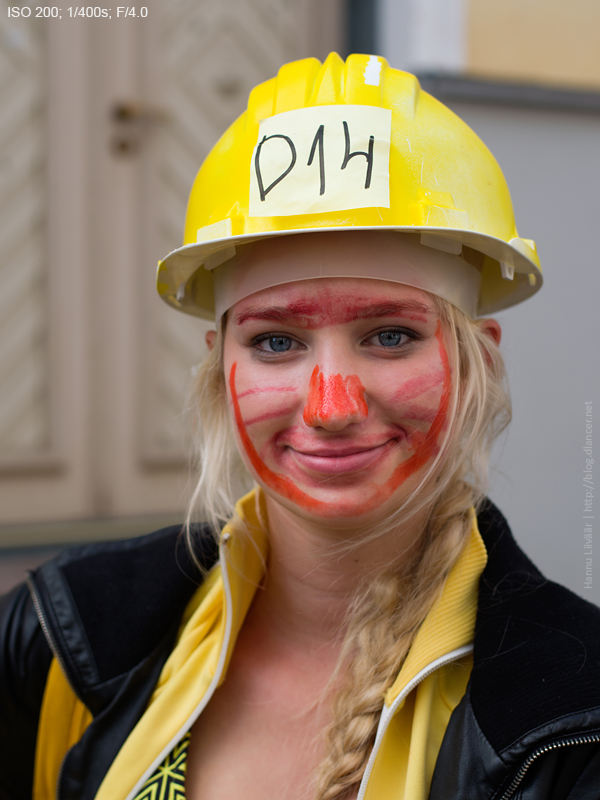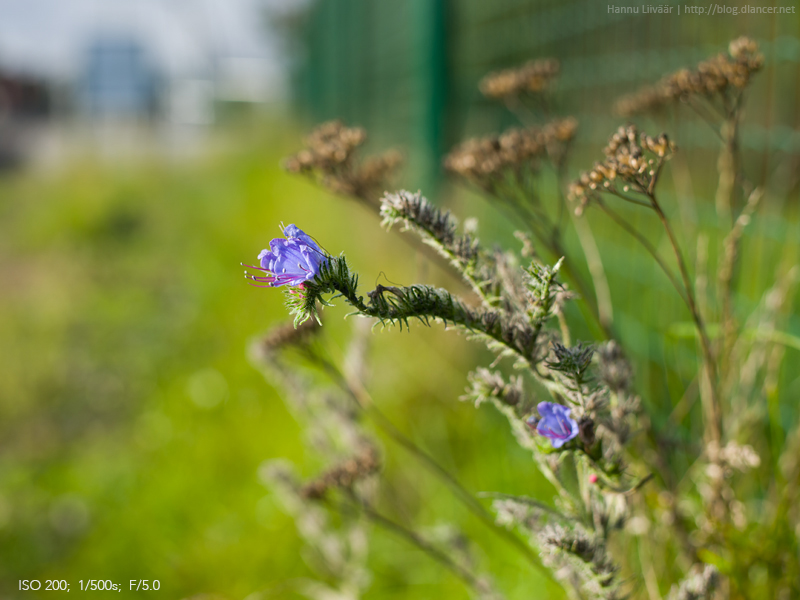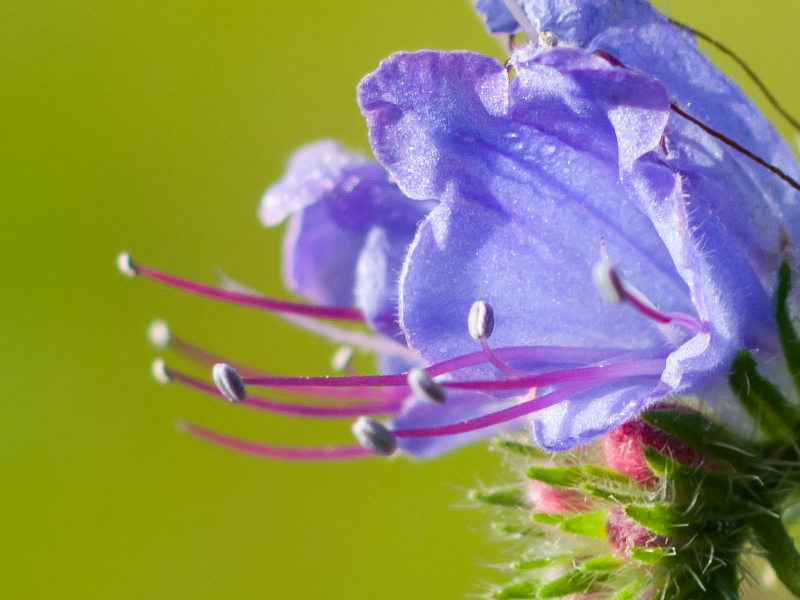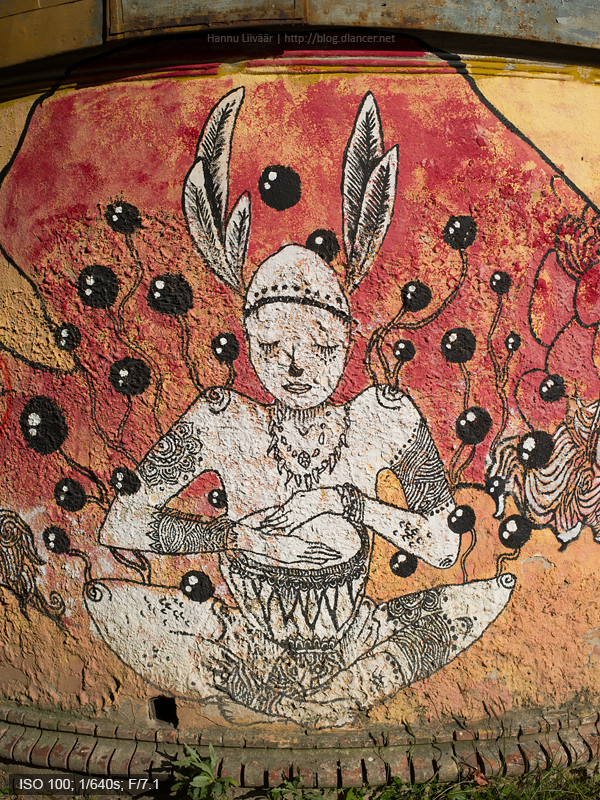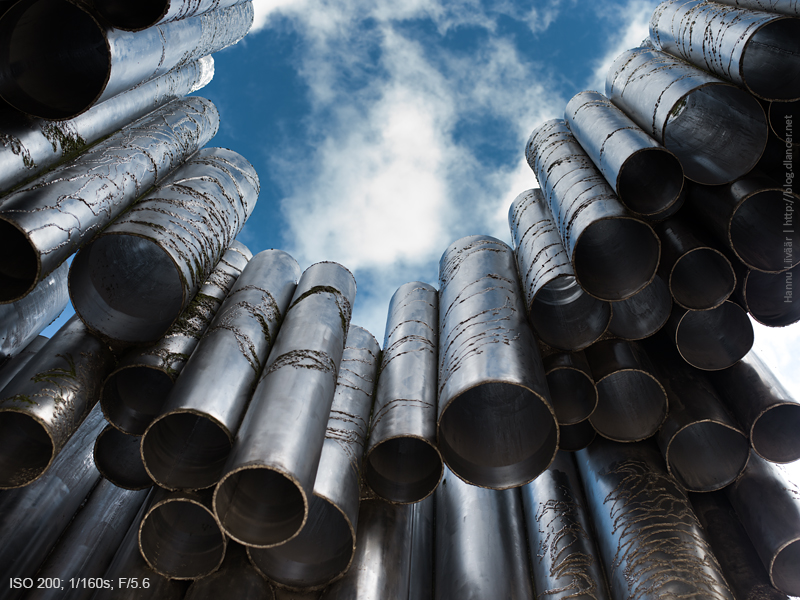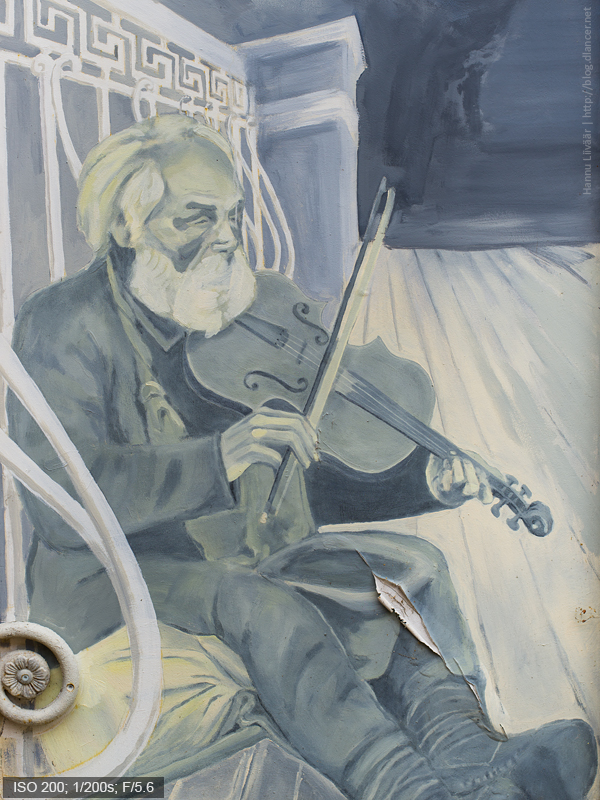Many thanks for Nordic Digital for providing the camera for testing purposes. Let me share a couple of thoughts with you about using the camera (short review is available in Estonian, here)
Link to the manufacturer's web page: htp://www.ricoh-imaging.co.uk/en/medium-format-digital/PENTAX-645-Z.html
 |
| Pentax 645Z - side view |
Medium format cameras (MFC) are often considered to be an alternative product - as compared with "traditional" FX (full frame) and DX ("half-frame", so APS-C size) cameras. Medium format cameras are not produced massively or extensively; they are large, heavy and somewhat awkward.. there are not that much lenses available (also at aftermarket); finally, be ready to pay top dollar for both body and optics.
All this considered, the MFC-s are used in serious production work: at high end agencies, architecture offices, advertisement industries - everywhere the quality and details of the image is extremely important. The very top solo photographers are also using medium formats; not only pentax 645 based, but also the "modular" ones with digital backs: Leaf, Hasselblad, Rolley, Phase One, etc.
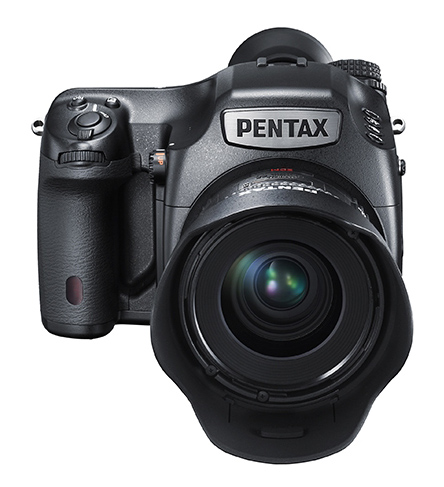 |
| Pentax 645Z with 55/2.8 lens |
There are several sensor/film sizes available for medium format cameras, of which 60x45mm is perhaps most widely recognized in terms of film-era medium formats. Pentax was no exception when the first MF film camera was introduced back in 1984: Pentax 645. Thirteen years later, in 1997, a major improvement was released: a Pentax 645N. Four years later 645N II was introduced with minor improvements over the 645N.
Several lenses were also introduced for the 645 system - 30 different units (including the original A lenses) are available as of 2014. See the latest list here.
Four years ago, the first digital 645 was released: Pentax 645D. It featured a 40 megapixel CCD sensor (Kodak-made) and it was often compared with the stars of the time, Canon 5D Mark II (21mpix, released Oct. 2008) and Nikon 3Dx (24mpix, released Dec. 2008). Resolution wise, the 645D won hands down; there were some high-ISO advantages in 3Dx favor though. The size of the sensor of 645D was 44x33mm, so a tad smaller compared to the "old" 60x45mm.
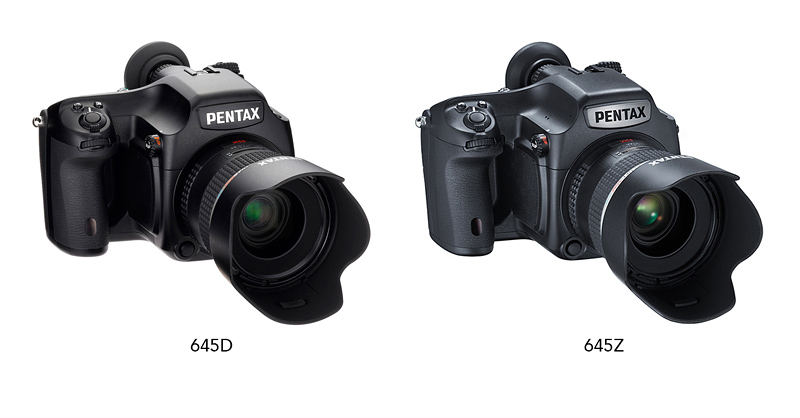 |
| Pentax 645D (left) and the 645Z. |
April 2014 introduced us the 2nd generation of digital 645: a beautiful 50mpix CMOS sensor (manufactured by Sony) based Pentax 645Z. Eleven million additional pixels (with comparison to 645D) and relatively affordable price tag (compared with other digital medium format cameras) made the sales of the 645Z skyrocket fast - the camera was out of stock quite soon after being available at retail stores.
A quite unique feature Pentax is offering for MF body, is the monolithic body, making it possible to offer well sealed, weatherproof camera. You might want to take a closer look here:
Because of some technical features (sensor size related pentaprism, housing, mirror, and all lenses responsible to be able to project an image to a large sensor) the weight of the camera is quite big; the body only (without any lens) weights around 1,5kg (just to compare: Nikon D4 is 1,18kg, Canon 1Dx is 1,34kg), so it is not the most lightweight camera you can find.
However if you are used to use fullframe cameras with /2.8 lenses, the difference is not that big. Good training to hands in one way or another, also for back if you plan to load your backback full with lenses. An excellent benefit of using a camera as heavy as this, is the stability of it - hand held shots are possible even with relatively slow shutter speeds. The balance of the camera (as well as ergonomics, obviously) is a bit different of a traditional Nikon/Canon/Sony full frame, so it takes some time to learn this kind of specifics of the unit, so also how to take steady shots with longer exposure times.
The layout of 645Z is somewhat similar to its siblings from Pentax, i.e. the newest APS-C DSLR K3; so if you have used any of the Pentax bodies before, you find the major logic of the dashboard familiar. The "same family feeling" is also continued with similar finish, same (SD) memory cards option, also the same (D-Li90) battery.
So what are the expectations of using a MF camera? Since I've never used one before, the expectations were, of course, quite high. I was finding myself digging through fine corners of internet before getting the hands on to camera - just to see what kind of feedback is available about the 645z from the actual users. Of course it is not problem to spend months reading theory and you can still be far from reality, however I could get the very basic picture in a couple of hours. The reality exceeded the expectations by far, even though the time I was allowed to use the tool, was very limited.
For me, it is extremely important how pure is the experience of taking a photo. No bells & whistles, quick and logical access to basic functions (aperture, exposure, ISO, focus), quick and precise autofocus, saving the images and clearing the buffer of the camera extremely quickly (just a side note, a raw file of the 645z is around 70mb large). Happy to say the 645z could manage it all easily. A huge advantage of a MF camera is the large viewfinder - even larger than the ones at full frame cameras, making if possible to work with manual focus with ease.
 |
| Details at 100%: note how the sensor is trying to render the pattern of the snow protection bar at the gray roof (top right of the photo). |
So as you can see exclusion of the AA (anti-alias) filter of the 50 megapixel Sony-built sensor is making it possible to get extremely sharp results out of it (I personally always prefer no AA (and some extra noise) to AA (and less noise (therefore less detail); hopefully manufacturers finally will understand the AA should be an exception, not a standard (as they finally understood the professional monitors for the photo retouchers should be with glossy screens, as applying any "anti reflective" coating screws up your chances to see the actual pixel quality of raw photos).
Regarding to the sensor of 645Z - there are two additional qualities in a need of attention: sensitifity and dynamic range. The theoretical maximum of the ISO is 204800, meanwhile the raw files are usable (this is of course ever-arguable) up to ISO 25600 with some noise reduction and with making the full size a bit smaller (say, from 50mp to 10mp). Pentax declares the dynamic range to be 14 stops (Nikon D800E: 14stops; Canon 5D Mark III: 12 stops), meaning there's some potential to save too dark/light areas using raw files.
Autofocus is quick and precise and quiet (pentax is using the same "safox-11" AF module at K3 camera, too). I mainly used the center AF point - it performed well even in dim light. The "full auto focus", meaning 27 focus points, didn't also disappoint: most of the times it could understand what I wanted to focus. I always perform the "closest and farest" focus excercise as well, letting the focus run from its closest point to infinitive: no issues here, the body combined with the 55/2.8 performed really well.
So what about the actual picture quality? Good news here as well.. when it comes to picture quality, it is again tempting to spend the rest of the day with reading about it, but just to skip the long story: Nikon D800E is a couple of steps behind, 5D3, 6D and D600 are even more behind. If you have time in your hands, feel free to check out dpreview image comparison table, the images taken with 645Z were added to their database a couple of months ago.
Something that I also noticed with regards to the crazy amount of megapixels - you really need a steady hand :) There were a couple of shots with a tiny shake at 50 megapixels, when I downsized it to 15 megapixels, it looked completely sharp. Avoiding a blur/shake of a photo is of course a mixture of several factors, but how you have another - insane amount of pixels. Talking with other factors, one of these are certainly how well your muscles know the build and balance of the camera. The better you know it, the better to get sharp photo with slow exposure speeds. This general rule worked well this time as well - a couple of hundred of shots from start the "megapixel-shake" was an issue less and less, so at the end it is a matter of getting used to the new tool and learning to use its ergonomics and balance in a best way.
Going even more into philosophy with this unique camera, there's something else I noticed - basically something I remember when I was using film cameras: a serious investigation and consideration before pressing the shutter release.
So when we look at the quantitative trends at our digital world today ("the one with the most photos is the winner"), I think using a respectable and heavy medium format brings us somewhat back to the roots of photography - it is not only pressing the shutter (and picking the best shot ouf ot hundreds), it is thinking, creativity and homework before pressing the shutter at all.
The 645Z is actually capable of shooting quantity (3fps! so 200megabytes data per second!), but I think for quantity and picking-the-best-shot-later, there are better tools available (any dlsr in the market). At the end of day while using the 645z, I didn't count the shots in hundreds (as usual), but only a couple of of tens of them (perhaps it is still too many? :P).
At the end, what a wonderful time was it, with the 645Z, even though the time was really short. Limited amount of lens (*cough*, actually only one, the standard 55/2.8) was rather an advantage, as there will be something to discover in the future :) And again, the other limitations - time, place - are a great inspiration for better creativity and push you to find better oppotunities to take a photo.
The Pentax 645Z is really a unique unit between two worlds: the quality of medium format, the usability of a traditional DSLR. While weather sealed bodies are more or less a standard in the worlds of DSLR-s, it is rarely so in MF world, so another superiority over the rest, should you have hard time to choose which one to take, which one to leave.
Michael Reichmann, a famous landscape photographer, tells in his Pentax 645Z review: "After several days of initial testing, some on-line research, and speaking with previous 645D owners (including my good friend and fellow reviewer Nick Devlin) I decided that the 645z would be an excellent replacement for the Nikon D800e".
Ming Thein is saying the following in his review about the 645Z: "Perhaps the most amazing thing about the 645Z is not its pixel count, its high ISO ability, dynamic range, ergonomics, handling, battery life etc. – it’s the fact that it makes it so easy to get such incredibly high image quality; it has a shooting envelope many times larger than any other medium format camera, and in my experience so far, larger than even the D800E"
A third, and final thought I'd like to share, is from a dpreview forum (don't remember the author): "This is my one and only dream camera" :-)
